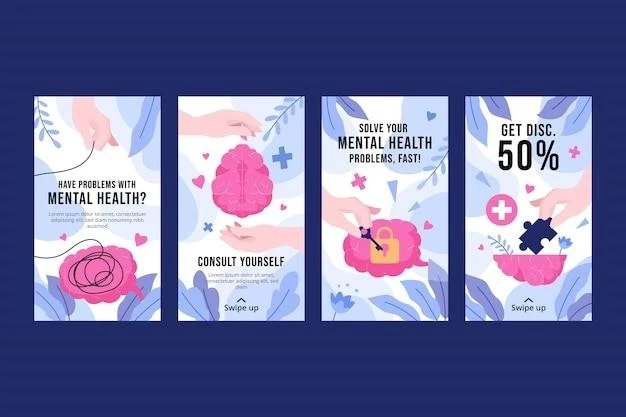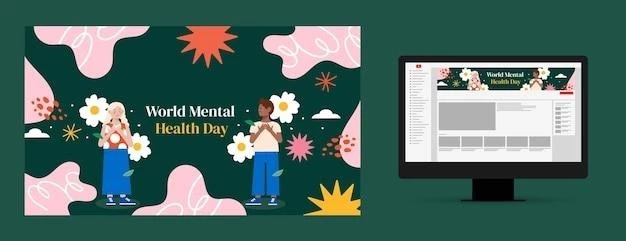My Journey Navigating Social Media & Mental Health
Let’s be real, scrolling through Instagram feeds filled with picture-perfect lives, or facing the constant pressure of presenting a curated version of myself online started to weigh on me. I found myself comparing my everyday life to these highlight reels, and the self-doubt crept in.
Recognizing the Impact
It took some introspection, but I began to notice a pattern. The more time I spent on social media, the more anxious and inadequate I felt. The constant barrage of information, the pressure to keep up appearances, and the fear of missing out (FOMO) were taking a toll on my mental well-being. I realized I needed to make a change.

Taking Control: My Personal Strategies
I knew I couldn’t just cut out social media entirely. It’s become such a big part of our lives, connecting us with friends, family, and even work opportunities. So, I decided to find a healthier balance. Here’s what worked for me:
1. Mindful Scrolling
Instead of mindlessly scrolling for hours, I became more intentional about my social media use. I set specific times for checking my feeds, limiting it to 30 minutes in the morning and 30 minutes in the evening. This helped me stay informed without getting sucked into the endless scroll.
2. Curating My Feed
I took a hard look at the accounts I was following. Did they inspire me? Did they make me feel good? If not, I hit the unfollow button. I started following more mental health advocates, artists, and creators who shared positive and uplifting content. This small change made a big difference in my overall experience.
3. Digital Detox Days
Once a week, I decided to completely disconnect from social media. I’d turn off notifications, put my phone away, and engage in activities that brought me joy – reading, spending time in nature, or catching up with friends in person. These digital detox days allowed me to recharge and reconnect with myself and the real world.
4. Setting Boundaries
I realized that constantly being connected was adding to my anxiety. I started setting boundaries, like not checking social media during meals or an hour before bed. This helped me be more present and mindful in my daily life.
5. Seeking Support
It’s okay to not be okay. I reached out to friends and family when I felt overwhelmed or anxious about social media. Talking about my experiences helped me gain perspective and realize that I wasn’t alone in my struggles.

Spreading Awareness
As I started implementing these changes, I felt a responsibility to share my story and raise awareness about the impact of social media on mental health. I started opening up to friends and family, sharing my experiences and encouraging them to prioritize their own well-being.
I also used my own social media platforms to share resources and information about mental health. It was amazing to connect with others who were going through similar experiences and to create a sense of community and support.
Moving Forward: A Healthier Relationship
My journey with social media and mental health is ongoing, but I’m in a much better place now. I’ve learned to set boundaries, prioritize self-care, and use social media in a way that enriches my life, rather than depleting it.
It’s important to remember that you’re not alone in this journey. We all have a responsibility to take care of our mental health, both online and offline. Let’s continue to have open conversations, support one another, and work towards creating a healthier and more mindful digital world.










